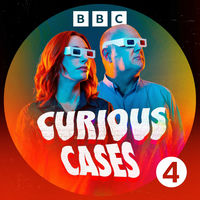Total duration:18 h 36 min
|
|
|
28:28
|
|
|
|
28:52
|
|
|
|
28:39
|
|
|
|
28:50
|
|
|
|
28:35
|
|
|
|
28:33
|
|
|
|
28:36
|
|
|
|
28:34
|
|
|
|
29:02
|
|
|
|
02:10
|
|
|
|
28:30
|
|
|
|
30:19
|
|
|
|
29:57
|
|
|
|
28:57
|
|
|
|
29:17
|
|
|
|
29:27
|
|
|
|
29:47
|
|
|
|
29:29
|
|
|
|
28:35
|
|
|
|
28:37
|
|
|
|
29:36
|
|
|
|
28:41
|
|
|
|
32:09
|
|
|
|
01:51
|
|
|
|
29:51
|
|
|
|
30:21
|
|
|
|
28:21
|
|
|
|
28:39
|
|
|
|
29:56
|
|
|
|
29:56
|
|
|
|
28:47
|
|
|
|
28:35
|
|
|
|
29:55
|
|
|
|
30:44
|
|
|
|
30:28
|
|
|
|
28:48
|
|
|
|
28:25
|
|
|
|
02:18
|
|
|
|
41:48
|
|
|
|
43:44
|

